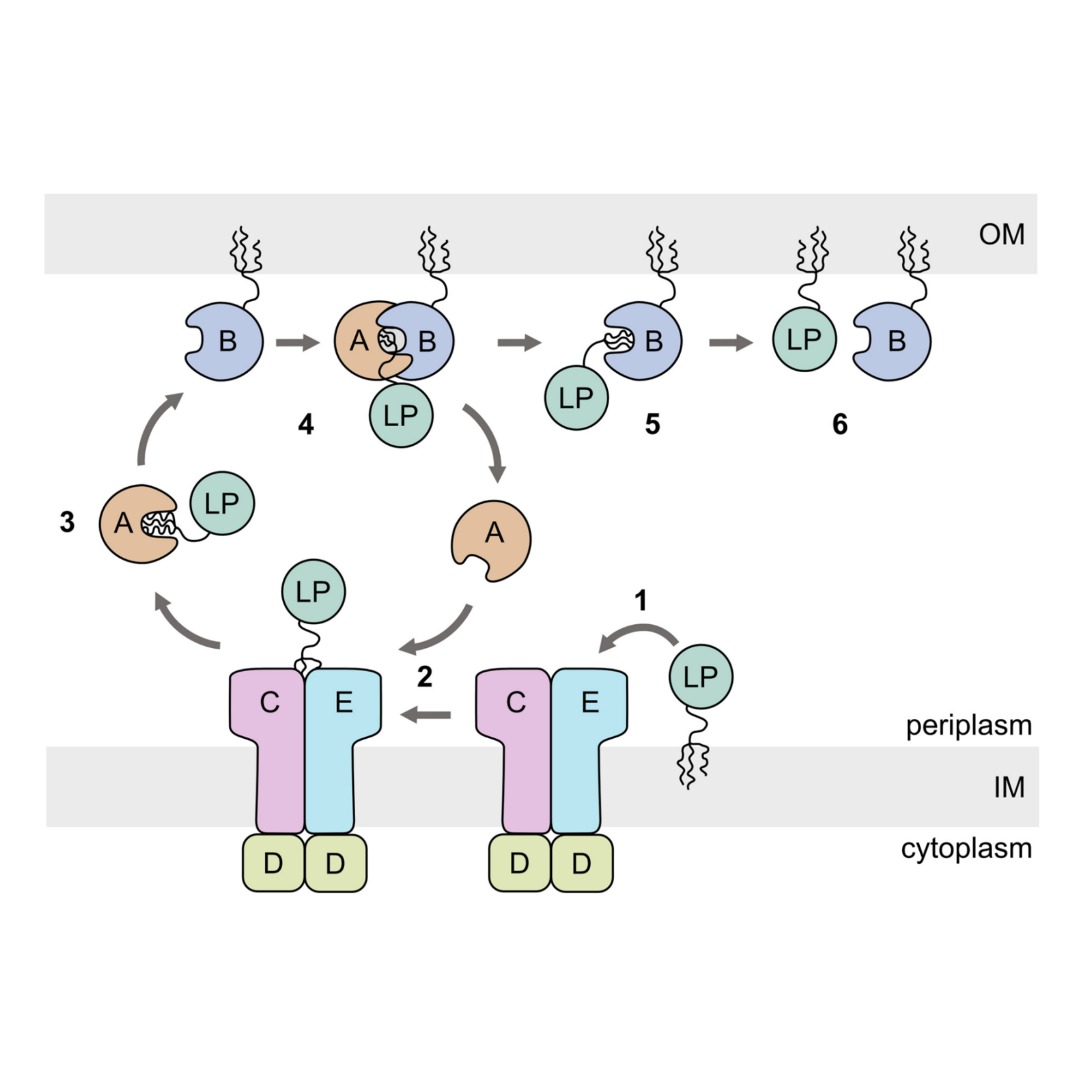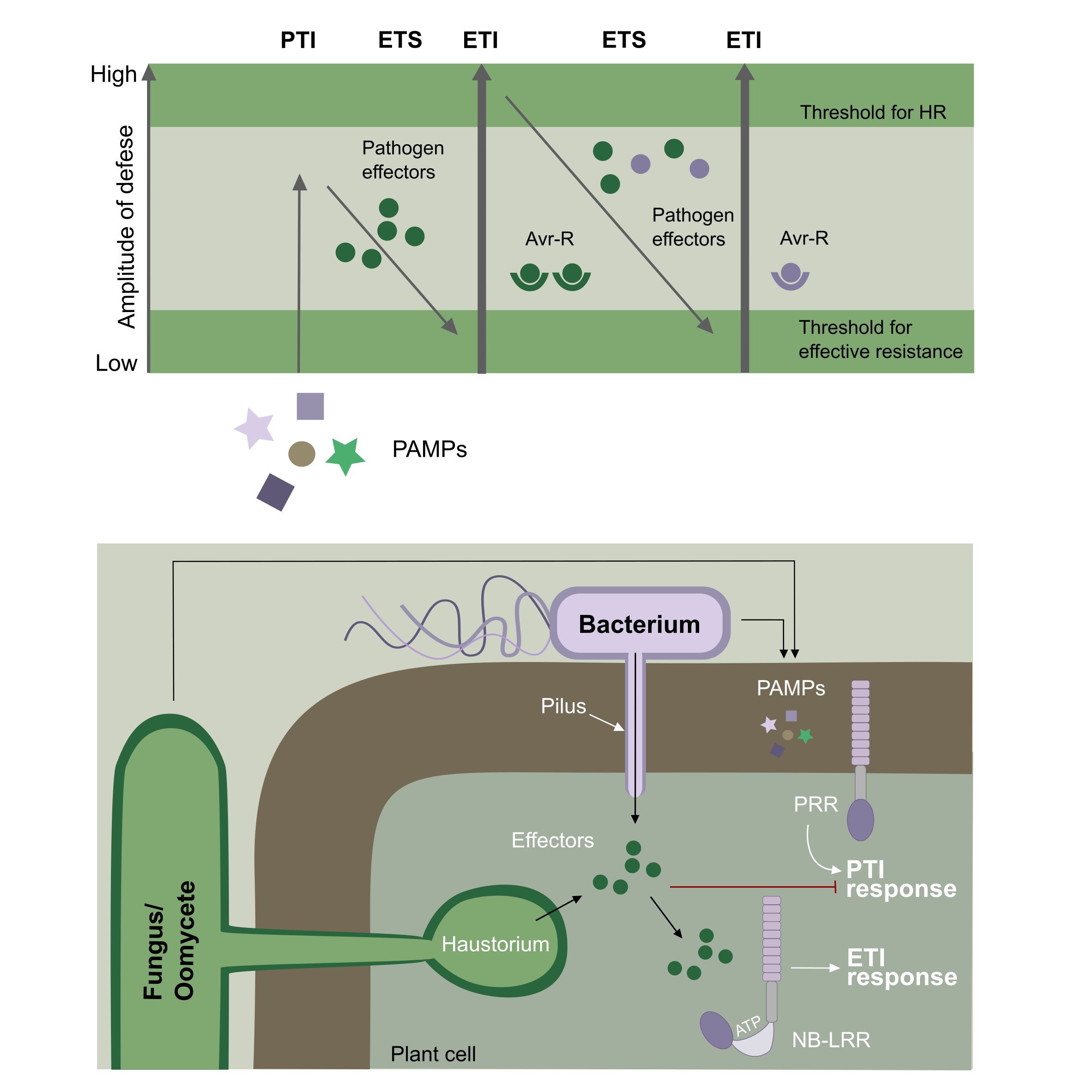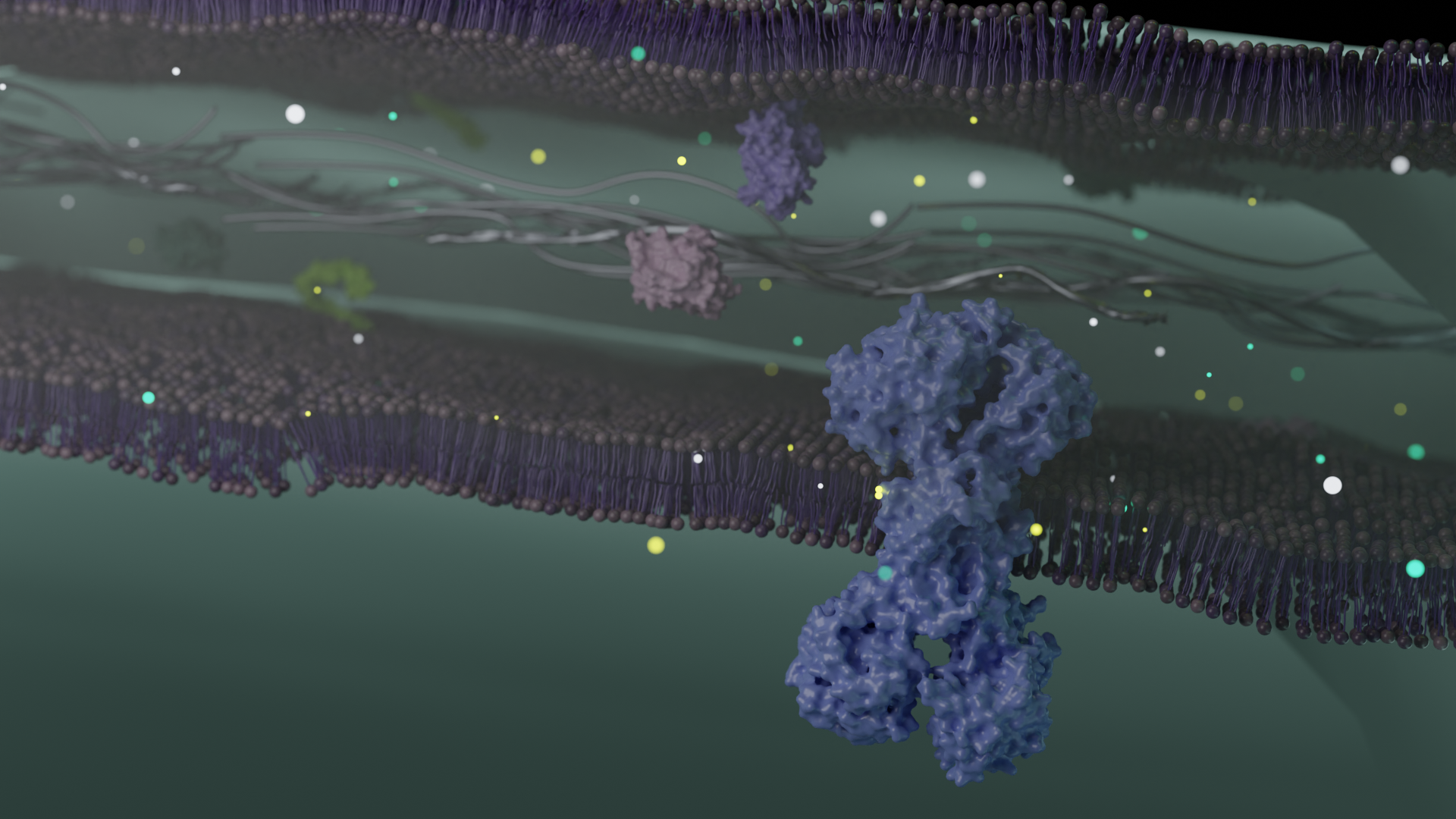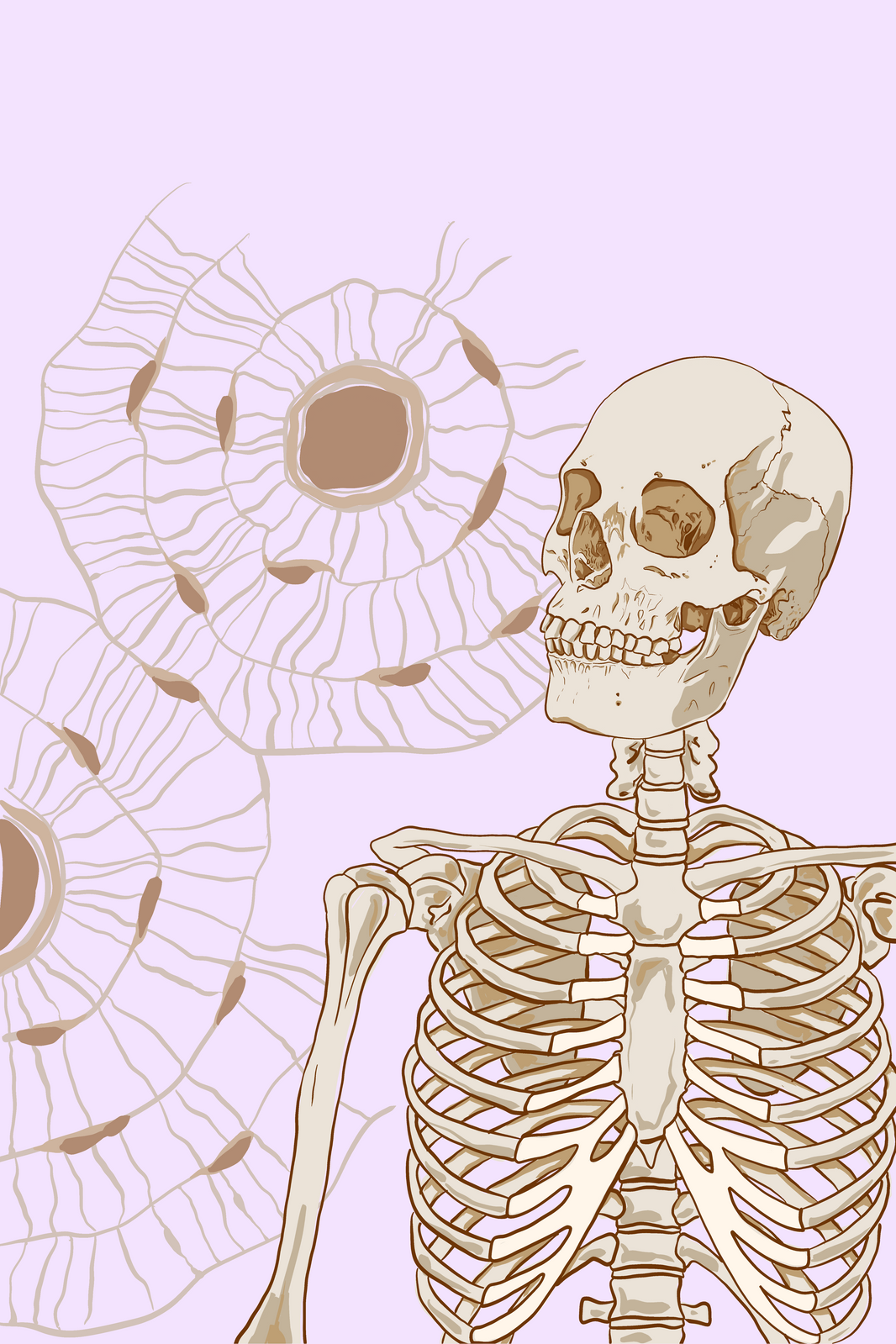
Creativity and scientific accuracy
Do you want your research to stand out?
Let’s transform your findings into clear, compelling stories that inspire and engage.

Scientific illustration
A key part of a scientist's work is effectively communicating research findings and the state of the art. With 10 years of research experience, I have valued the opportunity to apply my artistic skills to enhance science communication, exploring various media and softwares. My preferred design tools include Procreate, Inkscape and Affinity Designer. For 3D visualization, my tool of choice is Blender.
Graphical Abstracts - Protocols illustration - Posters - Journal Covers

Data Visualization
Data analysis and visualization play a crucial role in translating complex scientific findings into clear and compelling narratives. Through well-designed graphs, infographics, and interactive visualizations, data can be transformed into intuitive insights that enhance comprehension and storytelling.
As part of my commitment to effective science communication, I collaborated with scientifyRESEARCH, contributing my expertise in data visualization and design to help make research more engaging and widely understood.
Infographics - Data Visualization

Protein structure and visualization
A major aspect of being a structural biologist is the ability to visually represent the 3D structures of macromolecules, such as proteins, in a way that highlights key features and conveys essential information.
By combining scientific accuracy with artistic principles, I strive to create visuals that not only serve as analytical tools but also as engaging storytelling elements.
Thoughtful use of color, perspective, and annotation can emphasize functional sites, molecular interactions, or structural dynamics, making complex data more accessible to both specialists and broader audiences.
To create these images I use ChimeraX, Pymol, Coot, together with 2D illustration softwares like Affinity Designer and Inskcape.
Scientific Publications
Furlanetto, V., Kalyani, D. C., Kostelac, A., Puc, J., Haltrich, D., Hällberg, B. M., & Divne, C. (2024). Structural and functional characterization of a gene cluster responsible for deglycosylation of C-glucosyl flavonoids and xanthonoids by Deinococcus aerius. Journal of Molecular Biology, 436(9), 168547. https://doi.org/10.1016/j.jmb.2024.168547
Furlanetto, V., & Divne, C. (2023). LolA and LolB from the plant-pathogen Xanthomonas campestris forms a stable heterodimeric complex in the absence of lipoprotein. Frontiers in Microbiology, 14: 1216799. https://doi.org/10.3389/fmicb.2023.1216799
Chang, S. C., Kao, M. R., Saldivar, R. K., Díaz-Moreno, S. M., Xing, X., Furlanetto, V., ... & Hsieh, Y. S. (2023). The Gram-positive bacterium Romboutsia ilealis harbors a polysaccharide synthase that can produce (1, 3; 1, 4)-β-D-glucans. Nature Communications, 14(1), 4526. https://doi.org/10.1038/s41467-023-40214-z
Kostelac, K., Sützl, L., Puc, J., Furlanetto, V., Divne, C., and Haltrich, D., (2022) Biochemical characterization of pyranose oxidase from Streptomyces canus – towards a better understanding of pyranose oxidase homologues in bacteria. Int. J. Mol. Sci. 23, 13595. https://doi.org/10.3390/ijms232113595
Humer, D., Furlanetto, V., Schruef, A. K., Wlodarczyk, A., Kuttke, M., Divne, C., Spadiut, O., (2021) Potential of unglycosylated horseradish peroxidase variants for enzyme prodrug cancer therapy. Biomed. Pharmacother. 142, 112037. https://doi.org/10.1016/j.biopha.2021.112037




























